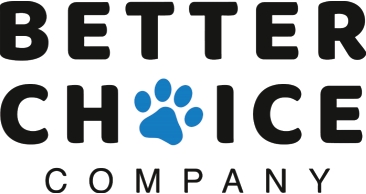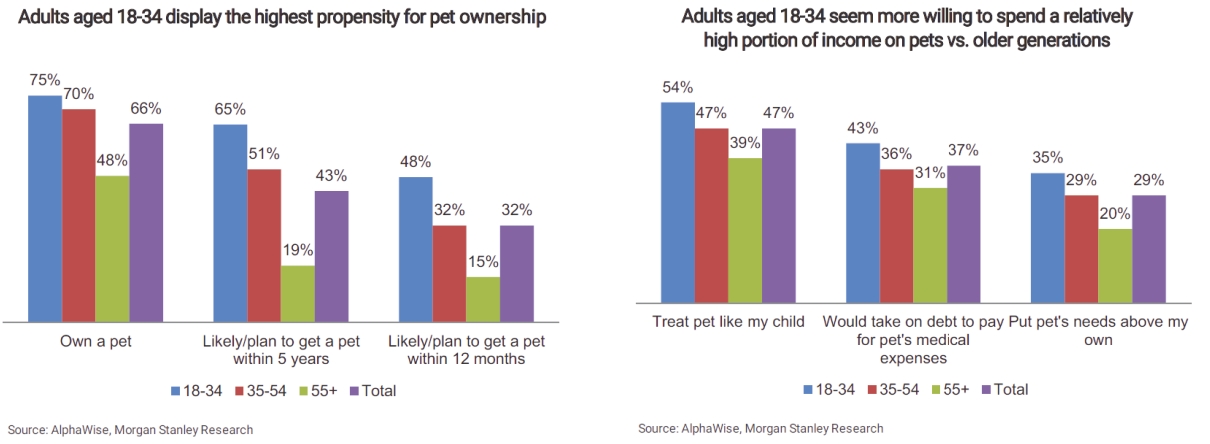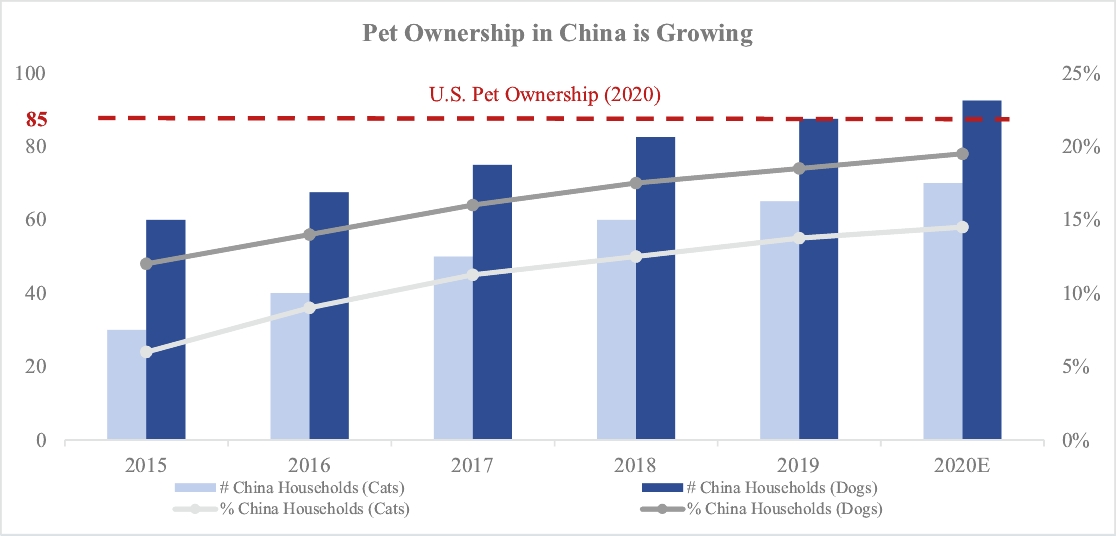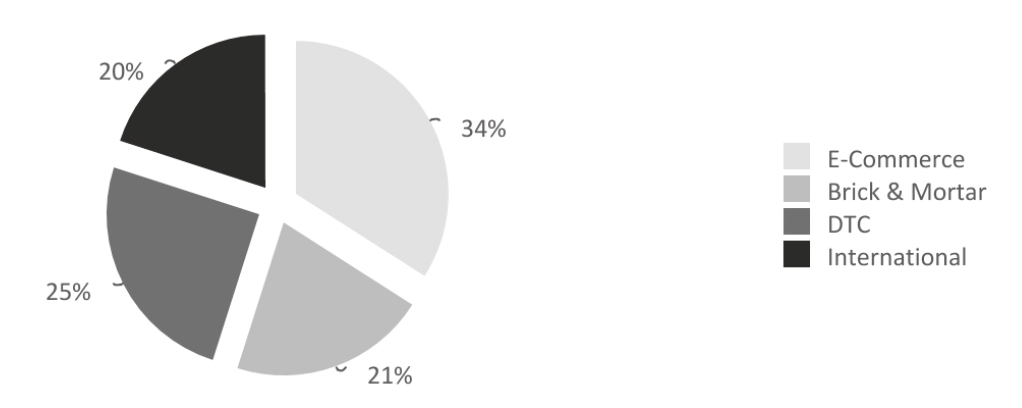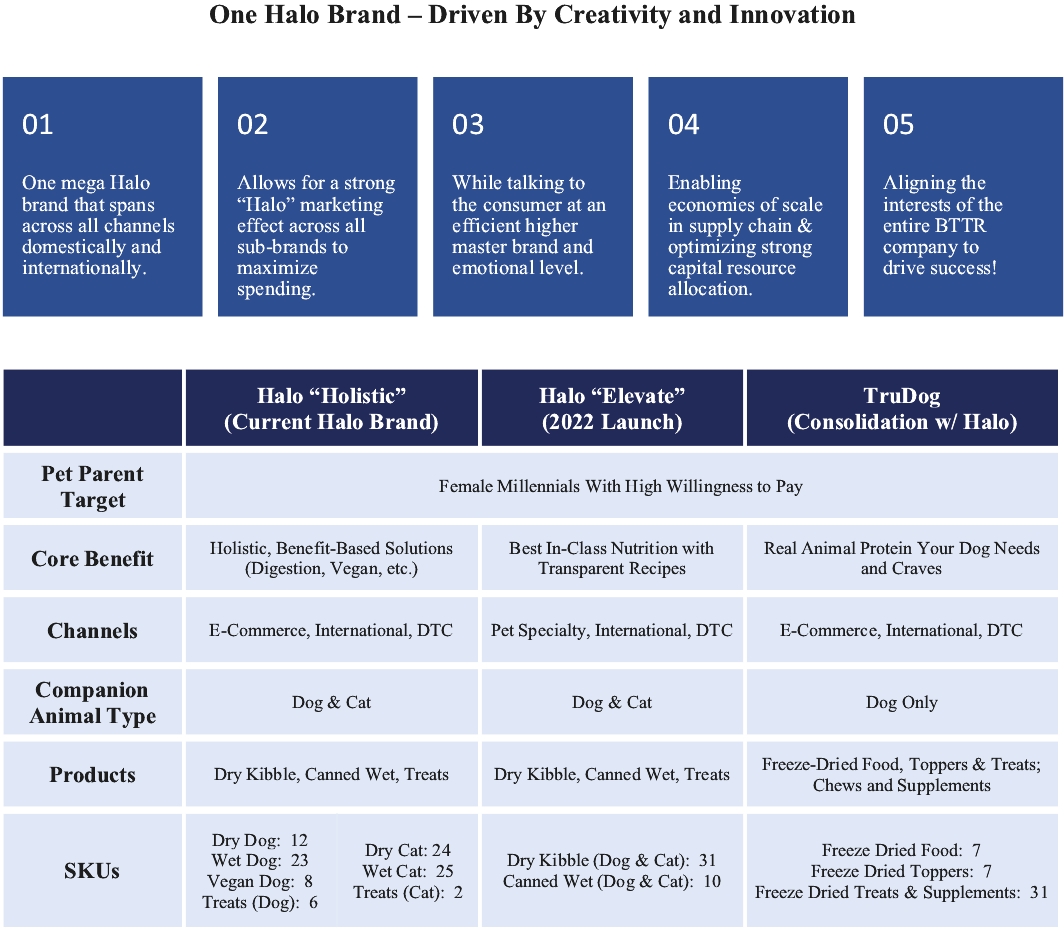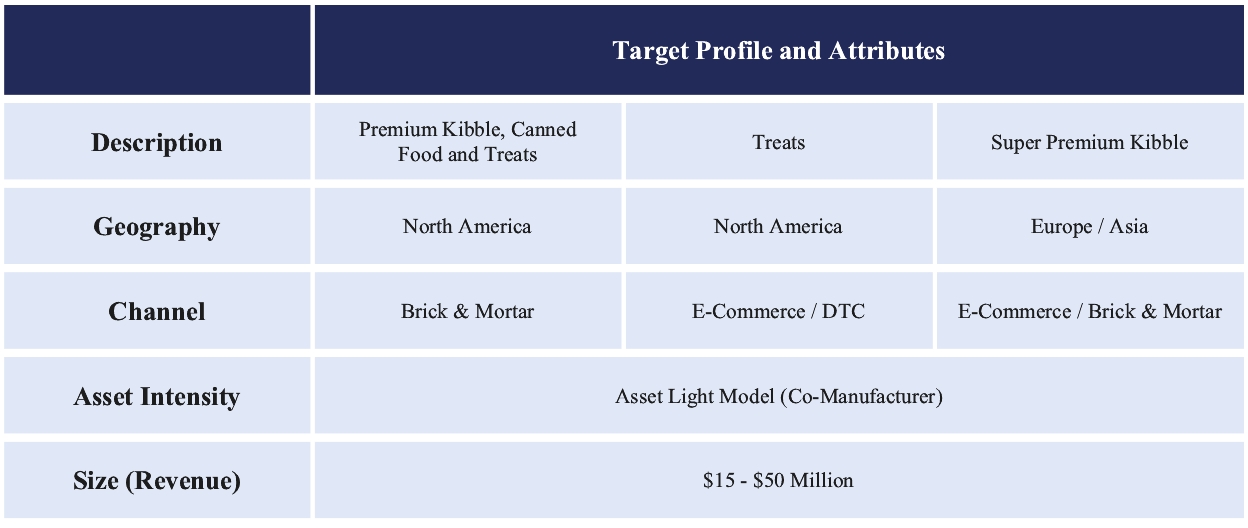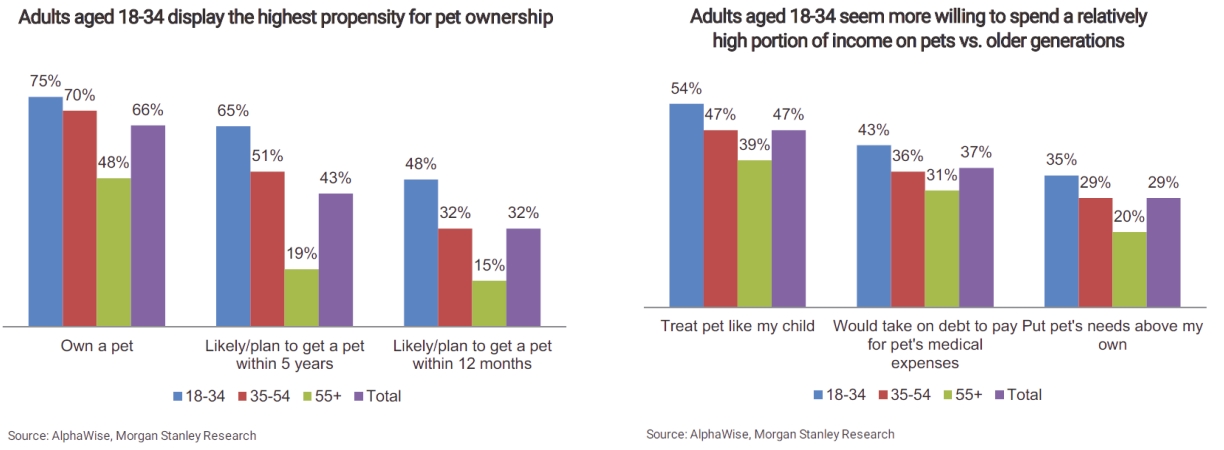Preferred Stock by the then applicable Conversion Price upon the closing of a firm commitment underwritten public offering of shares of Common Stock which results in the Common Stock being traded on any of The New York Stock Exchange, the NYSE American, the Nasdaq Global Select Market, the Nasdaq Global Market or any successor market thereto. Any such conversion shall be subject to the beneficial ownership limitations set forth in the Certificate of Designations.
Anti-dilution
Holders of the Series F Preferred Stock are entitled to a “full rachet” anti-dilution adjustment to the Conversion Price in the event the Company issues, sells or grants any shares of Common Stock (or securities convertible, exercisable or exchangeable for Common Stock) for no consideration or for consideration or purchase price per share (or, in the case of securities convertible, exercisable or exchangeable for Common Stock, with a conversion, exercise or exchange price) less than the Conversion Price then in effect.
Note 14 – Stockholders’ deficit
As a result of the reverse acquisition of Better Choice Company and Bona Vida by TruPet in May 2019, the historical TruPet members' equity (units and incentive units) have been re-cast to reflect the equivalent Better Choice common stock for all periods presented after the transaction. Prior to the transaction in May 2019, TruPet was a limited liability company, and as such, the concept of authorized shares was not relevant.
A summary of equity transactions for the years ended December 31, 2020 and 2019 are presented below:
In December 2018, the Company completed a private placement and issued 2,391,403 Series A Preferred Stock to unrelated parties for $2.17 per share. The proceeds were approximately $4.7 million, net of $0.5 million of issuance costs. Additionally, on February 12, 2019, the Company issued 69,115 Series A Preferred Units in a private placement at $2.17 per unit. The proceeds were approximately $0.2 million, net of share issuance costs. On May 6, 2019, all Series A Preferred Shares were converted to 2,460,518 shares of common stock.
On May 6, 2019, the Company acquired 1,011,748 shares of common stock valued at $6.1 million representing its initial 7% investment in TruPet. These shares were recorded as an acquisition of treasury shares. Also on May 6, 2019, Better Choice Company issued 18,103,273 shares of its common stock in exchange for all outstanding shares of Bona Vida.
On May 6, 2019, the Company issued 5,744,991 million units for gross proceeds of $3.00 per unit in a PIPE transaction. Each unit included one share of common stock and a warrant to purchase an additional share. The funds raised from the PIPE were used to fund the operations of the combined company. Net proceeds of $15.7 million were received in the private placement, allocable between shares of common stock and warrants.
Pursuant to the employment agreement of an officer with Bona Vida dated October 29, 2018, the officer was entitled to a $500,000 change of control payment. The officer later agreed to receive 100,000 shares of Better Choice Company common stock. The 100,000 shares of common stock were valued at $6.00 per share, which was the market value as of the date of the May Acquisitions.
On August 28, 2019, the Company issued 1,000,000 shares of Common Stock valued at $3.4 million to iHeartMedia for future advertising to be incurred from August 2019 to August 2021. Refer to “Note 5 − Prepaid expenses and other current assets” for more information.
At the closing of the Halo acquisition in December 2019, Better Choice Company issued 2,134,390 shares of the Company’s common stock valued at $1.82 per share, which was the market value as of the date of the Halo Acquisition.
On January 2, 2020, the Company issued 308,642 shares of common stock to an investor for net proceeds of $0.5 million, net of issuance costs of $0.1 million.
On January 13, 2020, the Company issued 72,720 shares of common stock to ABG in connection with the termination of a licensing agreement discussed in “Note 9 − Intangible assets, royalties, and goodwill”.
On March 5, 2020, December 1, 2020, December 8 and December 22, 2020, the Company issued 125,000 shares, 35,000 shares, 500,000 shares 500,000 shares of common stock, respectively, for advertising services and marketing services.
